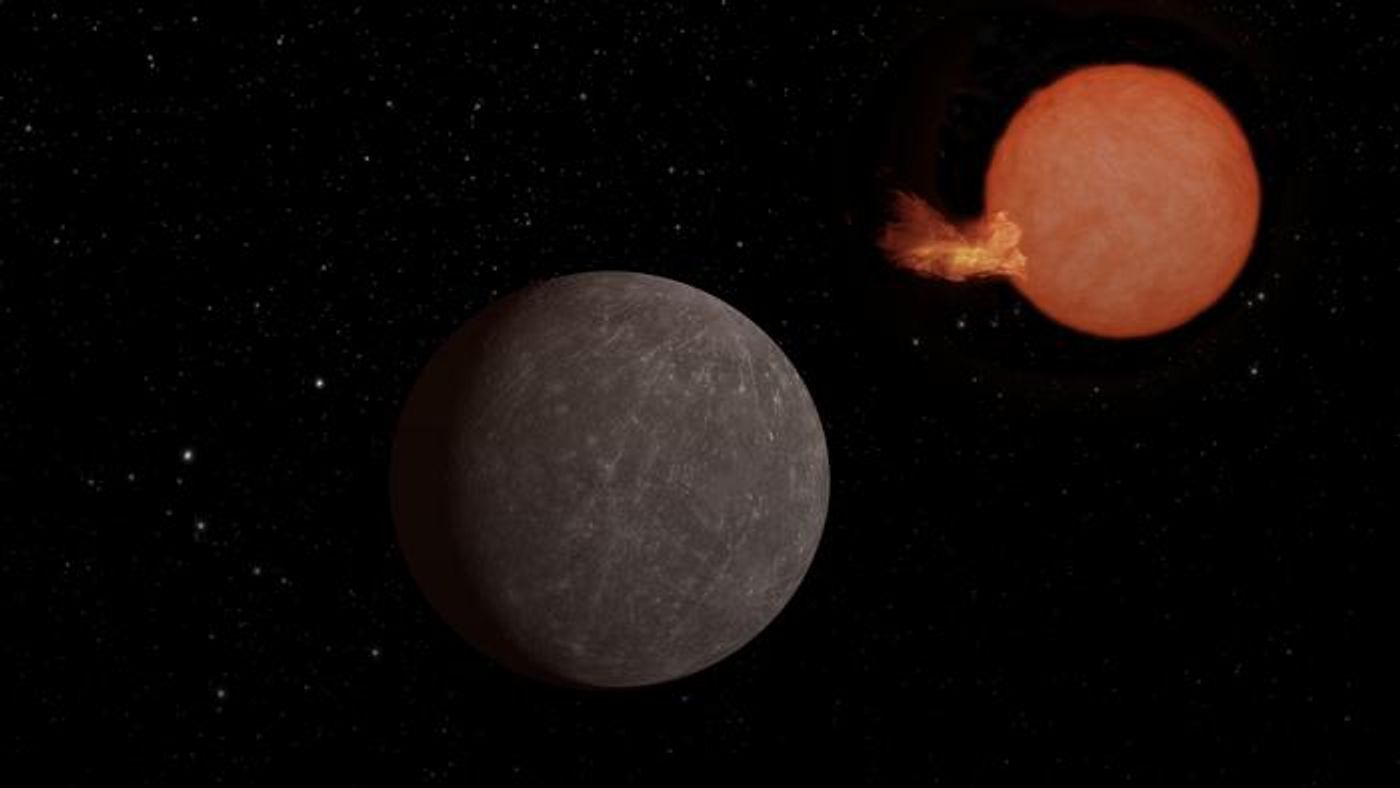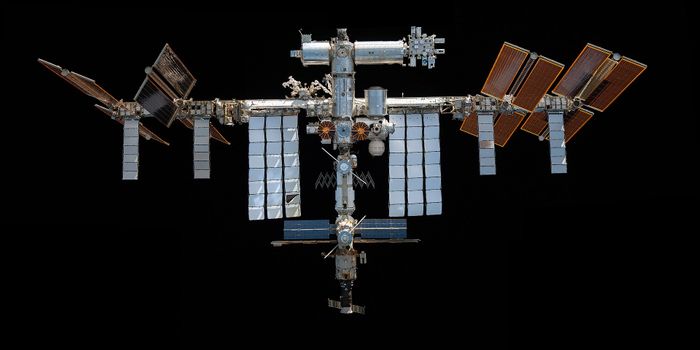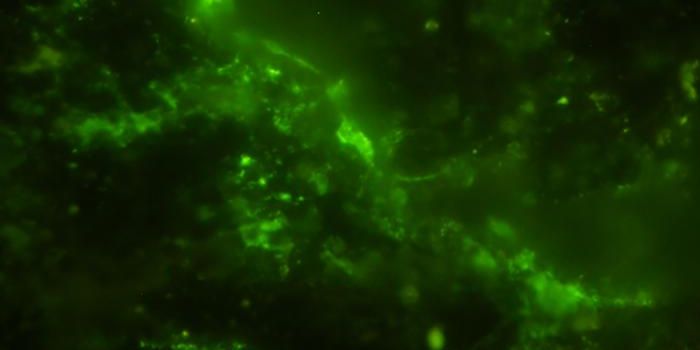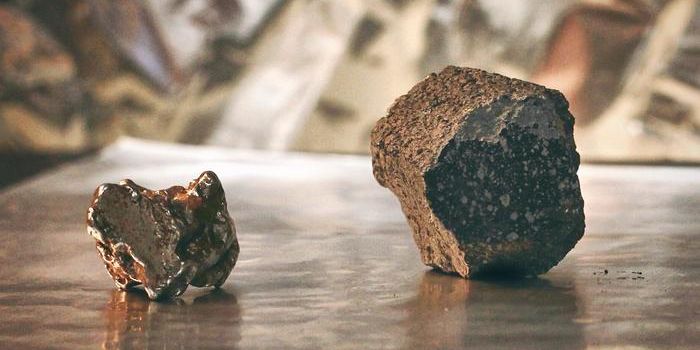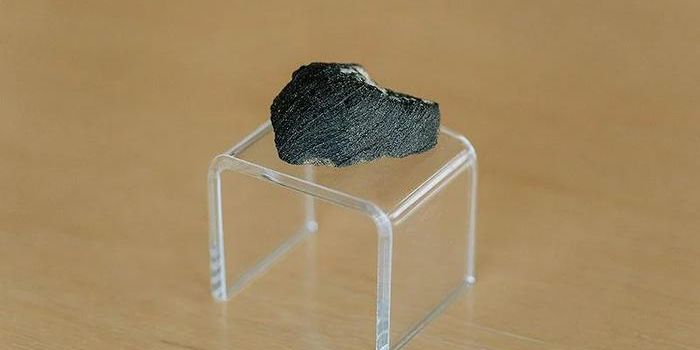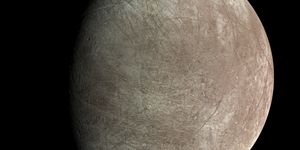SPECULOOS Project Discovers Earth-Sized Planet Around Ultra-Cool Star
What types of exoplanets can dwarf stars possess? This is what a recent study published in Nature Astronomy hopes to address as a team of international researchers announced the discovery of SPECULOOS 3 b, which is an Earth-sized exoplanet located approximately 55 light-years from Earth orbiting an ultra-cool dwarf star. What makes this study unique is astronomers know very little about dwarf stars and the exoplanets that could potentially orbit them, despite the number of dwarf stars outnumbering Sun-like stars throughout the cosmos. This study holds the potential to help astronomers better understand the formation and evolution of exoplanets around smaller stars and what the implications for finding life beyond Earth.
"SPECULOOS-3 b is practically the same size as our planet," said Dr. Michaël Gillon, who is a professor at the University of Liège and first author of the study. “A year, i.e. an orbit around the star, lasts around 17 hours. Days and nights, on the other hand, should never end. We believe that the planet rotates synchronously, so that the same side, called the day side, always faces the star, just like the Moon does for the Earth. On the other hand, the night side hand, would be locked in endless darkness."
Artist's impression of the Earth-sized exoplanet, SPECULOOS-3 b, orbiting its Jupiter-sized dwarf star. (Credit: NASA/JPL-Caltech)
Dr. Gillon is responsible for leading the team that discovered the TRAPPIST-1 system in 2017, which boasts seven Earth-sized exoplanets that also orbit a dwarf star. For this study, the astronomers discovered SPECULOOS 3 b using the SPECULOOS (Search for Planets EClipsing ULtra-cOOl Stars) project, which is a collaborative effort between the University of Liège, University of Cambridge, University of Birmingham, University of Bern, Massachusetts Institute of Technology (MIT), and ETH Zürich, for which Dr. Gillon is also the project lead, as well.
The goal of the project is to identify exoplanets that orbit dwarf stars whose exoplanet populations are currently not well understood given their small size and low luminosity. For context, SPECULOOS 3 is approximately the size of Jupiter and exhibits a surface temperature of only 4,700 degrees Fahrenheit, which is half the temperature output as our Sun. However, given the 17-hour orbit of SPECULOOS 3 b, the amount of energy per second the exoplanet receives is almost 16 times as much as the Earth receives from our Sun, meaning the radiation it receives is also far greater than the Earth.
"In such an environment, the presence of an atmosphere around the planet is highly unlikely," said Dr. Julien de Wit, who is an Assistant Professor of Planetary Sciences at MIT, along with being co-director of the SPECULOOS Northern Observatory and its Artemis telescope and a co-author on the study. “The fact that this planet has no atmosphere could be a plus in several respects. For example, it could enable us to learn a great deal about ultra-cool dwarf stars, which in turn will make possible more in-depth studies of their potentially habitable planets."
Going forward, the team aspires to use NASA’s James Webb Space Telescope to observe SPECULOOS 3 b with the goal of better understanding the exoplanet’s atmosphere and surface mineralogy.
What new discoveries will astronomers make about exoplanets orbiting dwarf stars in the coming years and decades? Only time will tell, and this is why we science!
As always, keep doing science & keep looking up!
Sources: Nature Astronomy, EurekAlert!, Wikipedia, European Southern Observatory
